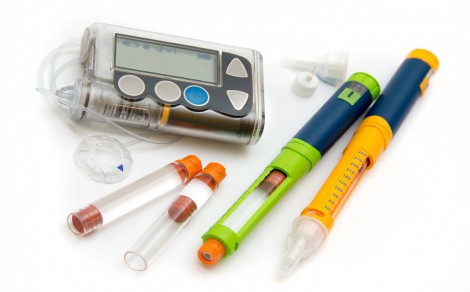- Home » Editorial » Hydraulics
Motion solution requirements for biologic delivery devices

Portescap’s Jigar Fulia and Kanti Vala, consider the selection criteria for biologics system motion solutions
Biologics are drugs manufactured in or from a biological source, unlike typical medication which is developed through chemical synthesis. The advantage is that biologics change the way the human immune system reacts, down-regulating the inflammatory response or supporting tumour-specific defence.
Biologics are delivered by injection and as they have a much higher molecular weight than traditional, small-molecule chemical drugs, they are far more viscous. This makes accuracy injecting the drugs increasingly critical. The drugs are typically administered at regular intervals over a set time frame. Reliance for this task is placed on the delivery mechanism, which is driven by a miniaturised motion solution.
The type of biologic determines several factors including the frequency and type of injection, as well as selection of the tissue type to be injected. These factors also impact the selection of the biologics injection device, and in turn, the required attributes of its motion system.
Biologic delivery device technology
Disposable devices are intended for one-time use of a specific drug, delivered in the range of seconds to hours, and are a lowcost solution. These devices take the form of mechanical injectors and disposable patch pumps, worn directly on the body with a reservoir, pump and infusion set inside a small case worn on the body. Can-stack stepper and brush DC motors are commonly suited technologies because of their reliability, especially compared to actuation varieties that require more complex drive electronics. A primary advantage for disposable applications is that stack stepper and brush DC motors are very cost effective.
Limited use, motorised solutions separate a disposable drug unit from the reusable pump system and enable the infusion of multiple biologic drug cartridges over the course of the therapy. A new trend in the pharmaceutical industry, the advantage of a limited-use device provides a balance of performance and lifetime against the price.
As limited use devices may be required to administer more than one type of biologic, each with its own viscosity and injection requirements, flexibility in injection force is advantageous. This means that a motion solution that can deliver a range between 50N and 80N is useful. Limited use devices are battery-driven, so efficiency also has to be considered in pump design. Coreless brush DC motors with precious metal commutators are suited to higher battery life requirements, offering high power density and reliability. A spur compound gearbox or custom gearhead pairing can also enhance performance and efficiency.
Fully reusable pump systems are designed to be longer lasting and can also handle various viscosities, making them more flexible in therapy delivery, and means they can require a force output exceeding 100N.
https://www.linkedin.com/company/portescap/
-
PPMA 2025
23 September, 2025, 9:30 - 25 September, 2025, 16:00
NEC, Birmingham UK -
Advanced Engineering Show 2025
29 October, 2025, 9:00 - 30 October, 2025, 16:00
NEC, Birmingham UK










